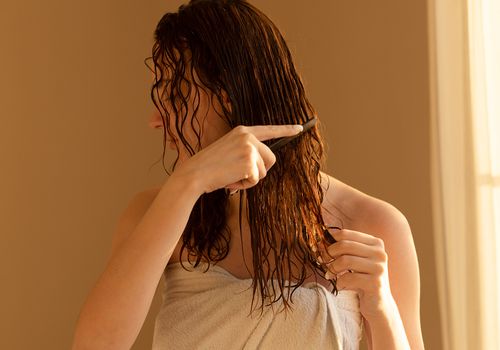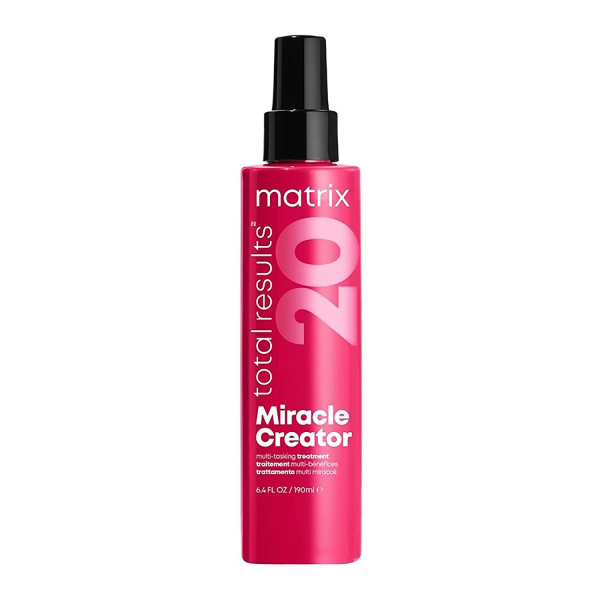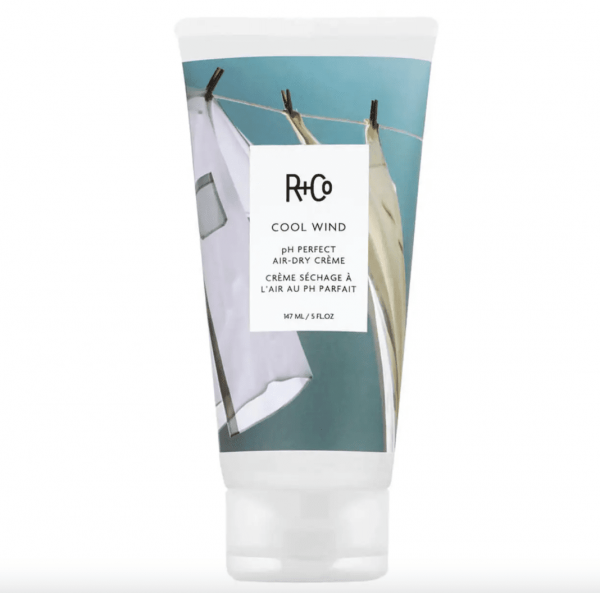
At its simplest definition, the term "air dry" is very self-explanatory. If all you want is for your hair to dry without using a dryer, all you need to do is walk out of the shower and wait for the air to do its job. Many even consider air-drying to be a good "break" for their hair between blow drys. However, the time it takes the hair to dry, how it looks when it is dry, and even the benefit that skipping heat styling has for the hair can vary wildly depending on how you air-dry your hair.
Believe it or not, there are right and wrong ways to air-dry hair—both for the health and appearance of your hair. Additionally, the "right way" to air-dry hair may also differ from one hair type and texture to another, which only makes air-drying seem more complicated. In order to set the record straight, we turned to two hair experts, hairstylist Michelle O'Connor and trichologist Rochelle Hunter Mosley, for their advice on the best way to air-dry your hair.
Meet the Expert
- Rochelle Hunter Mosley is a certified trichology practitioner, StyleSeat hairstylist and colorist, and the owner of Salon 804 in New York City.
- Michelle O’Connor is a professional hairstylist and the artistic director at Matrix.
According to our experts, air-drying's main benefit is that it spares your hair from the potential heat damage caused by blow dryers. Mosley shares that textured, wavy, and curly hair are often better suited for an air-drying technique, but that these hair types do require more hair product for a successful air-dry than straight hair. According to O'Connor, air-drying is preferable if you live in warmer climates and if your hair isn’t low porosity; "Living in Miami affords me the luxury of air-drying," she says. No matter the hair type, both of our experts agree that there are certain steps you can take to ensure a successful air-dry.
Keep reading to find out how you should be air-drying your hair.
01 of 06
Start With Thoroughly Cleansed Hair
The biggest concern that many people have with air-drying their hair, regardless of hair type or texture, is frizz. If you are planning on air-drying your hair you need to ensure that you thoroughly cleanse the hair in the shower, as product buildup will prevent the moisture of your conditioner or leave-in product from reaching your hair. Mosley explains that hair must be adequately moisturized to successfully air-dry and hair that has not been fully cleaned may not benefit from the effects of conditioner and leave-in products.
If you know you have a lot of product or buildup in your hair, it may be the right time to use a clarifying shampoo. These shampoos are tougher on dirt and oils but can be too harsh to use regularly on dryer hair and scalps. Depending on your hair type and the styling products you use, you may only need to clarify once a week or even once a month.
02 of 06
Condition, Condition, Condition
 Matrix Total Results Miracle Creator Multi-Tasking Hair Treatment $21.00
Matrix Total Results Miracle Creator Multi-Tasking Hair Treatment $21.00
No matter your hair type or texture, moisture is the key to a successful air-dry (though this is especially true when air-drying curly hair). "The first step in prepping to air-dry is to ensure you have adequately conditioned. The lack of heat on your hair can often let frizz run free, and conditioning before this drying process, as well as using a leave-in conditioner, helps to lock in the moisture your hair is lacking," explains Mosley.
Start with a moisturizing conditioner in the shower and then apply a leave-in moisturizer afterward to your wet hair. Straight or wavy hair runs the risk of falling flat from air-drying, as Mosley explains that fine and straight hair often get weighed down by the water. Use less product with these hair types and try to avoid applying it to the roots. O’Connor recommends the Matrix Miracle Creator Multi-Tasking Hair Treatment as a leave-in.
03 of 06
Brush or Comb Only When Wet
The number one priority while air-drying is minimizing frizz. Those with curly hair almost always only brush or comb their hair when it’s wet to avoid disrupting their curls and creating frizz. “For curly hair, avoid brushing your strands while hair is air-drying. This will loosen the curls and create uneven definition throughout the hair,” explains Mosley. O’Connor agrees, adding “curly and coily hair shouldn’t be brushed dry, especially without some type of hydrating or moisturizing aid.”
While there is often debate about whether straight hair should be brushed when wet, the rules are a bit clearer when it comes to air-drying. Once the air-drying process starts, any manipulation of the hair is going to create frizz—even touching it with your hands. O'Connor says that there should be minimal touching until the hair is at least 75 percent dry.
Both experts also share that the type of brush or comb you use on wet hair is important. O’Connor recommends detangling brushes such as the Denman or the Felicia Leatherwood Detangler Brush, your fingers, and wide tooth combs for wet hair. Mosley recommends any Wet Brush with more flexible bristles, as this ensures no tugging for fragile strands.
04 of 06
Apply the Right Styling Products
 R+Co Cool Wind pH Perfect Air-Dry Creme $32.00
R+Co Cool Wind pH Perfect Air-Dry Creme $32.00
In a process that curly-haired people will be familiar with, you will want to apply the styling products to wet or damp hair. The right type of air-dry styling product will vary based on your hair type, as many curly products are interchangeable with air-drying or diffusing. For curly hair, O'Connor says you'll likely need a leave-in moisturizing product (as mentioned above), followed by a gel, cream, or foam.
For straight hair, it's important not to weigh the hair down with product.
When it comes to air-drying products, Mosley had several recommendations. She first recommends the R+Co Wind pH Perfect Air-Dry Creme, as she says it’s a great product for air-drying because it helps to tame frizz, hydrates, and softens for easily styling. Second, she recommends the JVN Air Dry Cream ($24) for curls and waves as it’s buildable and has a touchable hold that truly lets your natural texture come through. Finally, she says the Odele Air Dry Styler ($12) is another great leave-in conditioner that works for all hair types and is proven safe for color-treated hair.
05 of 06
Only Use a Microfiber Towel
Using a microfiber towel will help to shorten your air-drying time without causing frizz. Traditional cotton towels can create more friction and are more disruptive to the hair. Mosley advises avoiding a harsh towel dry: “Rubbing your hair with a towel disrupts the hair cuticles and can lead to frizz and breakage.”
"Be sure to squeeze with a microfiber towel any excess water that may be dripping from the hair. This ensures a shortened air-drying time," explains O'Connor. Scrunching with a microfiber towel should be the last step for curly-haired folks, while those with wavy or straight hair may want to do it before applying product.
06 of 06
Don't Go to Bed With Wet Hair
After all your hard work to ensure a perfect air-dry, the last thing you want to do is go to bed with your hair still wet or damp. “To ensure successful air-drying, you want to make sure that you aren’t going to bed directly after washing and conditioning,” explains O’Connor. Even if you sleep on a silk pillowcase to reduce friction, you may put dents or creases in your hair by sleeping on it before it fully dries. Additionally, you will cause frizz with any movement you make while sleeping. Make sure that if you are planning on washing your hair at night, you leave enough time for your hair to fully air-dry.
